The Dwarf Hamster is any one of several species of hamsters. Researchers group all hamster species in the Cricetinae subfamily, but only two taxonomic genuses contain dwarf species. The taxonomic genus Cricetulus contains seven species, and the genus Phodopus contains three species. Read on to learn about the Dwarf Hamster.
Description of the Dwarf Hamster
All of the various species are smaller than “typical” hamsters. They have stout bodies, short legs, short tails, and small, rounded ears. Most species measure just two or three inches long, some even smaller. They generally weigh around an ounce or less.
Interesting Facts About the Dwarf Hamster
These creatures have many different traits and adaptations to help them survive. Learn more about some of the different individual species and what makes them unique, below.
- Robo Dwarf – This species, named after Russian explorer Vsevolod Roborovski, is a swift little critter. It is quite active, making it a bit of a tough pet.
- Striped Dwarf – Scientists first discovered this species in 1773. Since then, they have classified at least six distinct subspecies. The various subspecies live in different regions of Asia.
- Campbell’s Dwarf – Wild individuals of this species differ somewhat from their captive counterparts. Animals in captivity, with a consistent food source, grow much larger than wild specimens.
Habitat of the Dwarf Hamster
Each species has its own unique habitat preferences, though many species live in similar regions and ecosystems. They prefer arid regions, and often live in deserts, desert edges, steppe, scrubland, and even mountainous regions and forests.
Distribution of the Dwarf Hamster
You can find each of the 10 species in its own specific range. Some species overlap with others. Most live in isolated pockets because suitable habitats have become difficult to find.
You can find the different species throughout arid regions in Eurasia. They live throughout the region around the edge of the Arctic Circle, also known as the Palearctic region.
Diet of the Dwarf Hamster
These rodents are omnivores, which means that they eat both plants and small animals. Considering that they are quite small themselves, their prey usually consists of insects and invertebrates. Each species has its own unique diet based on where it lives and what season it is.
Some of the different types of plants this rodent eats includes grains, seeds, berries, fruits, leaves, roots, shoots, and more. They also hunt for ants, grasshoppers, flies, spiders, and more.
Dwarf Hamster and Human Interaction
Human activity impacts each species in different ways. Agricultural development results in the destruction of their habitats. Farmers even trap or poison the animals because they destroy crops.
However, for most species of Dwarf Hamsters, their populations remain stable. While populations in certain regions might be severely reduced, the species as a whole has healthy numbers. The IUCN lists all of the various species as Least Concern.
Domestication
Though humans have kept these creatures as pets for some time, we have not fully domesticated these rodents.
Does the Dwarf Hamster Make a Good Pet
Yes, some species do make good pets. However, it is important to do your homework and fully understand everything that goes into the care of these little mammals. You should also ensure any animal you purchase was born in captivity and not captured from the wild.
Dwarf Hamster Care
Care varies drastically from species to species. Many species must live alone, but some do live in small groups. All need surprisingly large enclosures with plenty of space to explore. Because they naturally live in underground burrows, you should provide a deep layer of soft substrate for them to dig in.
You can feed these rodents commercially prepared hamster food, though you should add a variety of fresh fruits and vegetables to their diet. They also enjoy the occasional cricket or mealworm.
Behavior of the Dwarf Hamster
Each species has its own unique behavior. All live in underground burrows that they use to hide from predators. However, some species live in these burrows alone, while others live in small groups. Their activity also varies based on the species, with some more active during the day and others at night.
Reproduction of the Dwarf Hamster
Like behavior, reproductive rates and strategies vary based on the species. They each have their own breeding season, usually in spring or summer. The gestation period lasts about 3 weeks. The number of young in a litter also varies by species, but is often between 8 and 10.
Females wean their young quite quickly, usually in just a few weeks. After weaning they quickly become independent of their mothers and she kicks them out of the burrow. The young reach sexual maturity before they hit a year old.

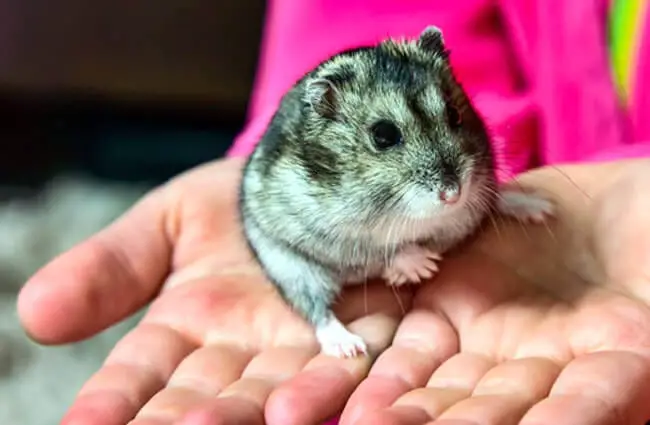
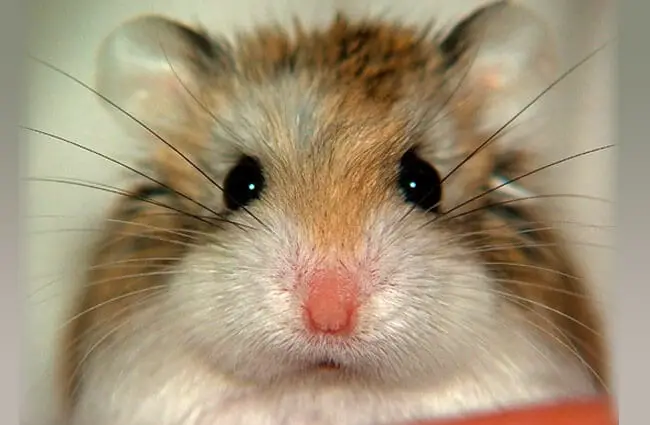

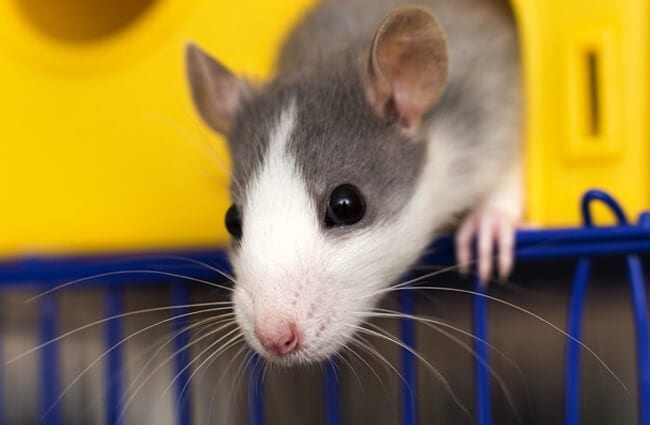
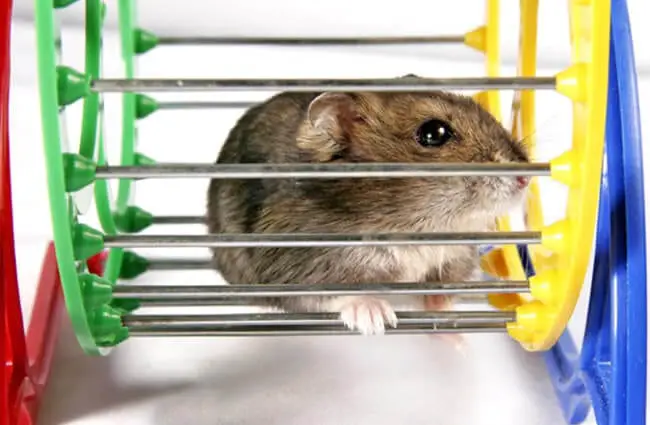
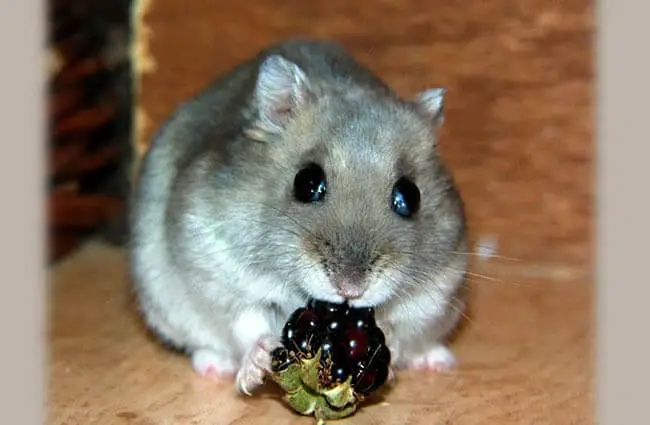
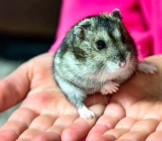

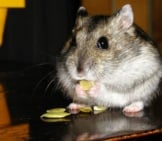

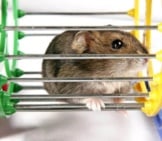
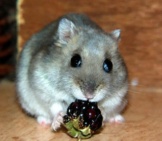
![Red Angus Closeup of a beautiful Red Angus cowPhoto by: U.S. Department of Agriculture [pubic domain]https://creativecommons.org/licenses/by/2.0/](https://animals.net/wp-content/uploads/2020/03/Red-Angus-4-238x178.jpg)












![Red Angus Closeup of a beautiful Red Angus cowPhoto by: U.S. Department of Agriculture [pubic domain]https://creativecommons.org/licenses/by/2.0/](https://animals.net/wp-content/uploads/2020/03/Red-Angus-4-100x75.jpg)

